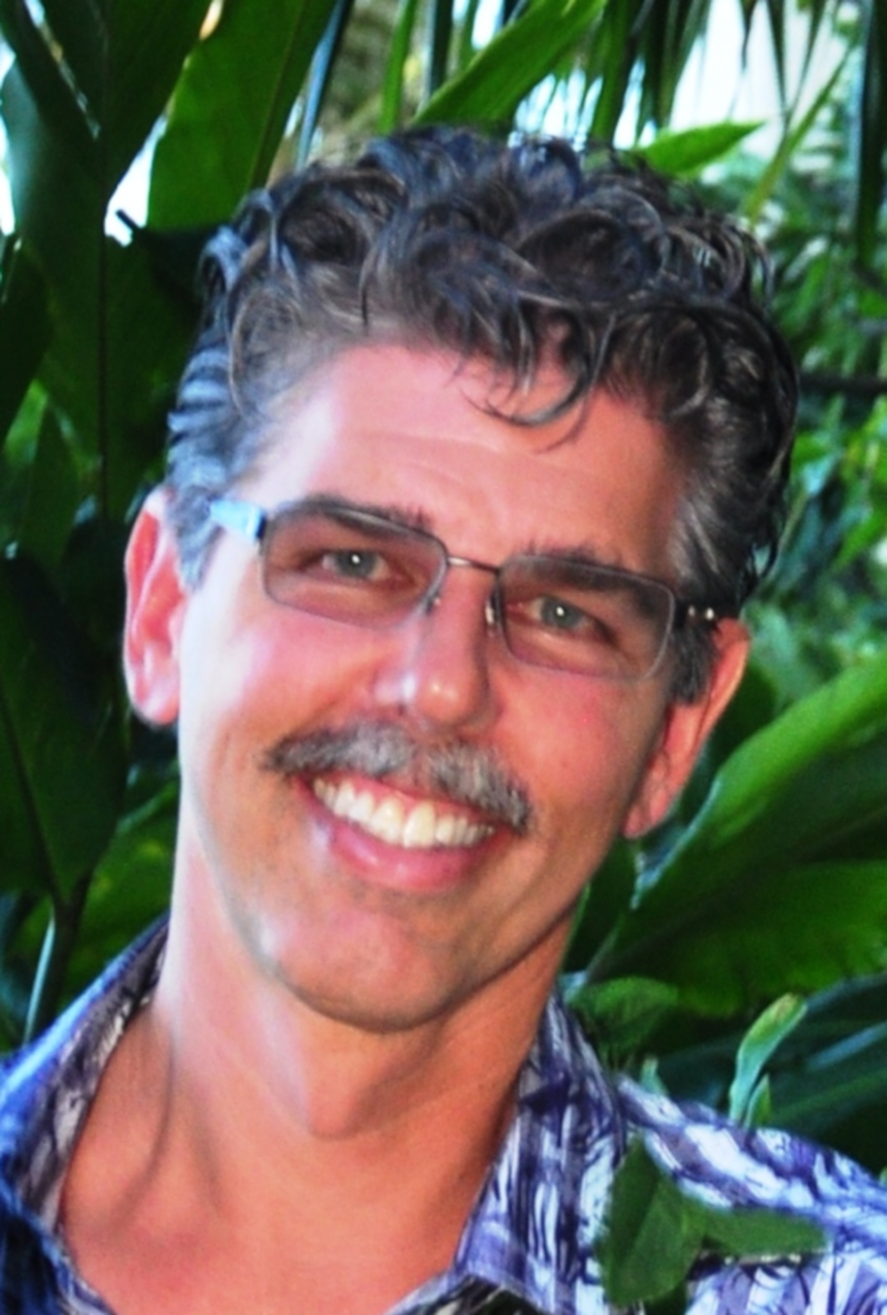Response of Endangered San Joaquin Kit Foxes to Solar Farms

ABSTRACT
Photovoltaic solar facilities have rapidly increased in abundance in California in recent years, and this has generated concern regarding associated environmental impacts, particularly to rare species. In 2014, construction was completed on two utility-scale photovoltaic solar facilities in the northern portion of the Carrizo Plain in California. The Topaz Solar Farms (TSF; 1,421 ha) and the California Valley Solar Ranch (CVSR; 721 ha) were constructed on lands that are considered "core habitat" for the endangered San Joaquin kit fox (Vulpes macrotis mutica). Separate 3-year (2014-2017) investigations were conducted on the TSF and CVSR to assess various demographic and ecological responses of kit foxes to the facilities. In the TSF study, 52 foxes were collared and monitored. Survival rates did not differ between the solar site (0.65) and a nearby reference site (0.49). Predators (coyotes, bobcats, and golden eagles) were the primary cause of mortality on both sites. Reproductive success was similar between the solar (100%) and reference (88.9%) sites. Foxes on the reference site selectively used untilled habitat, which supported a higher abundance of rodents, while foxes on the solar site mostly used habitats in proportion to their availability. Mean home range size was larger on the solar site compared to the reference site (9.4 km2 versus 5.1 km2). The TSF encompassed a higher proportion of lands that were disturbed prior to construction of the facility and therefore had fewer prey. Den use patterns and food habits were similar between the sites. Both the mean number of dens used annually per fox (11.2 versus 8.4) and mean rate of den switching by foxes (14.2 versus 9.9) were similar between the solar and reference sites, and mean mass of foxes did not differ. Similar results were obtained in the CVSR study where 50 foxes were collared and monitored. Fox survival was not different between the solar site (0.76) and nearby reference site (0.66), and predators were the primary sources of mortality on both sites. No foxes died within the fenced arrays. Reproductive success was identical (86.7%) on the two sites, and mean home range size did not differ between the solar and reference sites (2.5 km2 versus 3.2 km2). Den use and food habits were similar on the two sites as was mean mass for females, but mean mass was actually higher on the solar site for males. Few differences were found between solar and reference sites, and the differences that were found were attributable to differences in habitat condition due to land uses just prior to construction of the solar facilities. We emphasize the important caveat that numerous conservation measures were implemented on both the TSF and CVSR solar sites, and this undoubtedly mitigated potential adverse impacts to foxes. The TSF and CVSR solar sites serve as models for solar farm design strategies that can help reduce or avoid adverse impacts to San Joaquin kit foxes as well as other species of conservation concern.
BIO
For more than 11 years, Brian has directed impact assessment, permitting, compliance, and monitoring efforts for solar projects totaling more than 2,500 megawatts in California, including world-class utility-scale photovoltaic and concentrating solar projects. He has provided leadership to developers, utilities, local agencies, and state and federal entities in support of the achievement of renewable energy goals within the continental United States, and beyond. Brian specializes in the development and implementation of forward-thinking strategies to preserve and protect wildlife species at the intersection of the developed environment and the species’ natural habitats. Brian’s technical expertise includes characterizing the condition and change of ecological resources from local to regional scales using a landscape approach. He has identified ecosystem linkages between wildlife and habitats, characterized the responses of plant and animal communities to human activities, and assisted in the planning of site-specific, local, and regional projects to meet the purpose and need of projects using environmentally compatible approaches.
Brian authored the chapter on solar energy in the book entitled Renewable Energy and Wildlife Conservation by John Hopkins University Press, and has co-authored several peer-reviewed journal publications pertaining to solar energy development and wildlife conservation. He was a co-instructor of a legal education course on the nexus between species and renewable energy and was on the faculty of the Third Annual Conference—ESA Species Conservation & Litigation. Brian contributes his knowledge and expertise to government research initiatives undertaken by entities such as the National Renewable Energy Laboratory and Argonne National Laboratory. On behalf of The Wildlife Society, Brian serves as a Contributing Member to the national Association of Fish and Wildlife Agencies’ Energy and Wildlife Policy Committee and the Threatened and Endangered Species Policy Committee.
Brian has a PhD in wildland resource science from University of California, Berkeley; an M.S. in wildlife management from Humboldt State University; and a B.S. in Biology with Chemistry minor from Northern Illinois University.